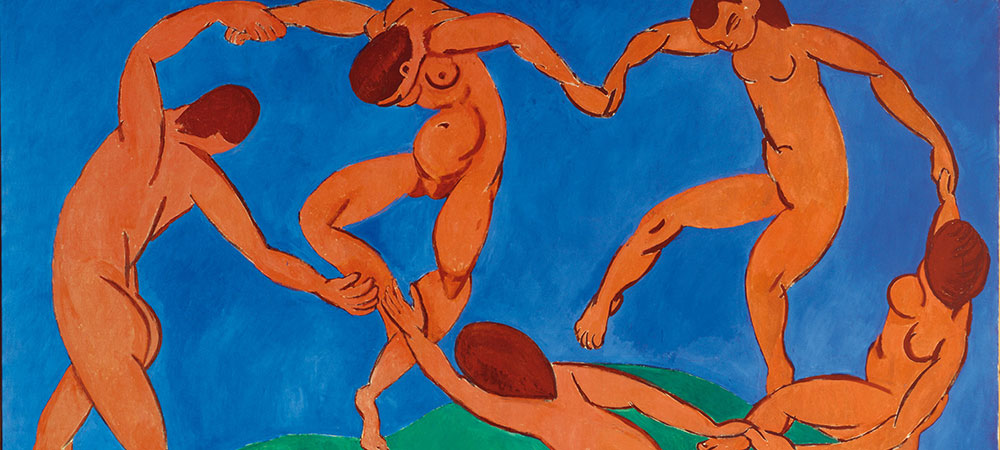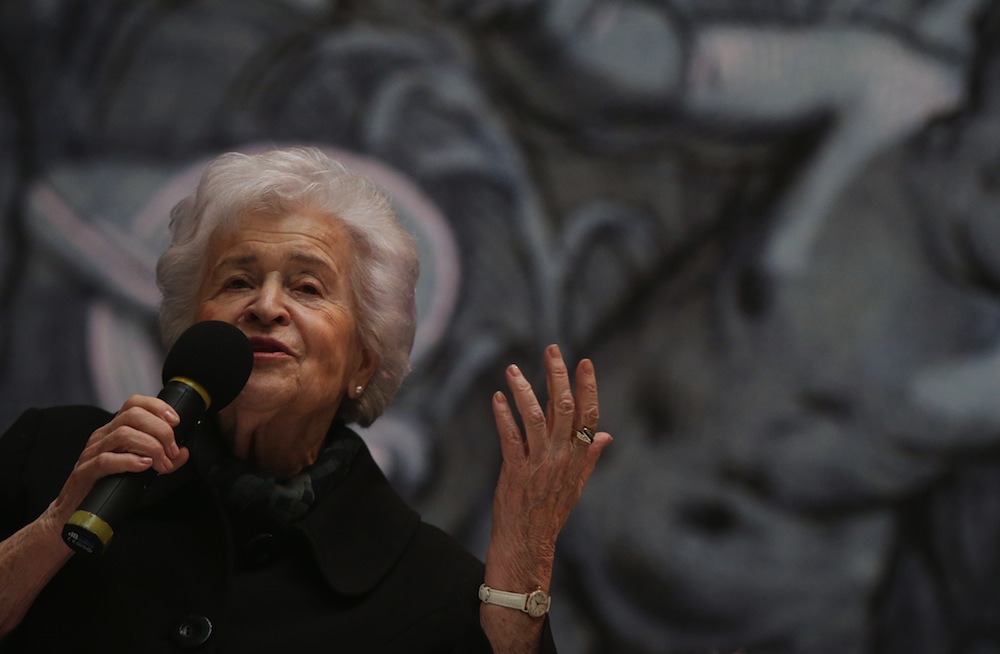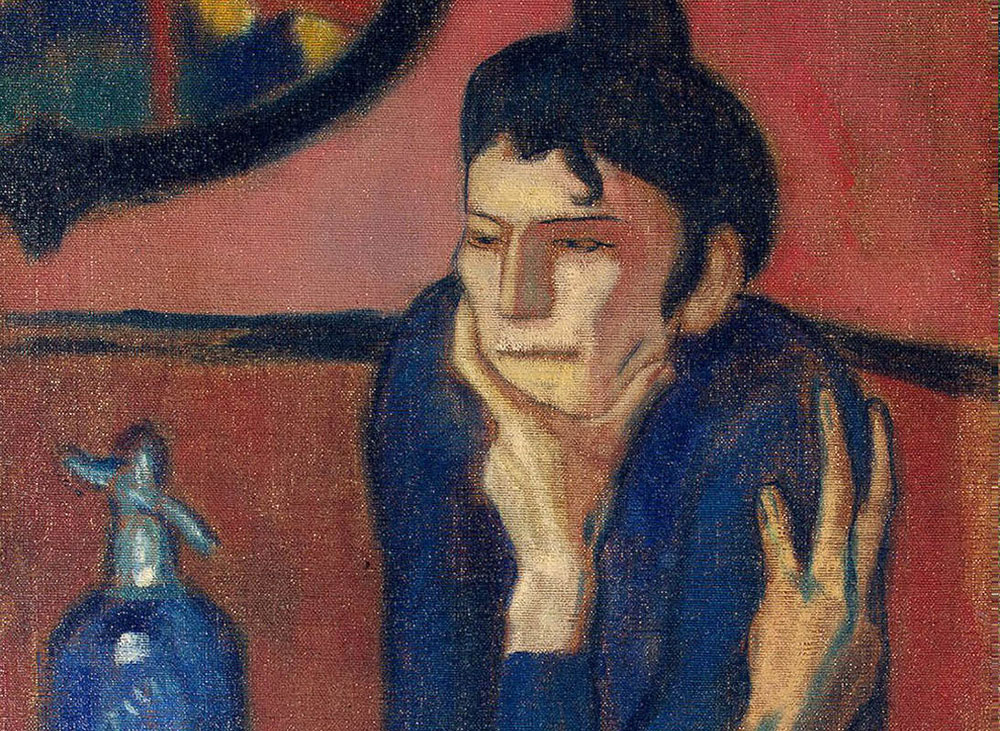Two of Russia’s greatest museums go head to head

By Elena Pakhomova
Irina Antonova is a force to be reckoned with. As head of the Pushkin Museum of Fine Arts in Moscow, a role she has been in for close to seven decades, the 91-year-old has shown herself to be outspoken and tenacious. She has resisted attempts by the German state to take back art looted by the Red Army at the end of World War Two on Joseph Stalin’s orders and has pushed ahead with exhibitions of artists such as Malevich and Kandinsky at times when their work was banned.
More recently, in a live phone-in show featuring Vladimir Putin, the grand dame of the Russian art world called upon the president to restore the State Museum of Modern Western Art, an institution that was shuttered in 1948 at Stalin’s request, for displaying “bourgeois” and “dangerous” artworks by modern masters such as Monet, Renoir and Gauguin. Despite having the backing of some of the art world, Antonova’s appeal has rankled the top brass at the world-famous Hermitage Museum in St Petersburg, who would be obliged to surrender some of their finest artworks to fill the walls of the proposed Moscow gallery.

Irina Antonova, the head of the Pushkin Museum of Fine Arts. Photograph: RIA Novosti
The State Museum of Modern Western Art had the honour of being the world’s first government-backed modern art museum. It was opened in 1919, nine years before the MoMA in New York, and was filled with paintings from two prolific art collectors: Sergei Shchukin, a cloth merchant, and Ivan Morozov, a textile manufacturer. The pair, who often competed for artworks, acquired a taste for modern French art and amassed collections that included paintings by Monet, Matisse and Picasso, which they displayed in their palatial Moscow homes. Both men fled Russia following the 1917 October Revolution and their collections went on to form the State Museum of Modern Western Art.
In 1948, the museum was closed and the collection was hastily divvied up between the Pushkin and Hermitage museums. Antonova, who first visited the State Museum of Modern Western Art as a student, has been angling for the artworks to be reunited under one roof for a number of years now. She has proposed providing a building for the collection, and spearhead the museum’s restoration before stepping aside. “We have to restore historical justice,” she said to Putin during the call-in, before later telling journalists: “If I don’t raise this issue, no one will. This is not self-assurance but I know the situation very well and perhaps I’m one of the few living people who saw the museum before its closure.”
“Instead of buying football clubs, we could create new collections or add to existing ones”
Hermitage director Mikhail Piotrovsky has dismissed Antonova’s request as a regrettable public airing of an internal industry dispute. “This new attempt to break up the Hermitage is a crime against the stability of the whole museum landscape in Russia,” he told the government daily Rossiyskaya Gazeta. His reluctance to give up the art that has made the Hermitage a world-class destination is unsurprising. Following the division of artworks under Stalin, 316 paintings, including gems such as Picasso’s Absinthe Drinker, were sent to St Petersburg where they were less likely to be buried under future governmental decrees on “dangerous art”. “Matisse’s The Dance at the Hermitage is a world-renowned cliché,” art critic Elena Myanikina told The Calvert Journal. “Can you imagine if it was taken away?”
The debate over the State Museum of Modern Western Art has rapidly gathered steam with the majority of those in the art world concluding that while Antonova’s ambition is worthy and the idea will ultimately prove futile. According to Natalia Semenova, art historian and author of Selling Russia’s Treasures, the controversy that could ensue would neither boost Moscow’s profile as a cultural destination nor make modern art a hit among Russians. “We all understand what a shock it would be to the Russian and global museum community if we created a precedent of redistributing museum collections,” says Semenova, who along with others in her field has offered another suggestion: a virtual museum.

Absinthe Drinker (1901), Pablo Picasso
Meanwhile, speaking on Ekho Moskvy radio station, Mikhail Kamensky, head of Sotheby’s in Russia, said that what Moscow was missing was a museum containing more contemporary artworks. “Let’s have the Impressionists, Monet, Cubist art but then let’s have Damien Hirst, Francis Bacon,” he said. “That’s the problem — we don’t have a museum of actual new art … Instead of buying football clubs, we could create new collections or add to existing ones.”
Only someone with Antonova’s standing could be so bold as to take her request straight to the top and by doing so, openly challenge Piotrovsky and risk sparking scandal. Her clout in the art world has guaranteed her the president’s ear — after the live discussion, Putin ordered government experts to look into Antonova’s request by 15 June. “I’ve never seen cultural business happen so quickly in this country,” noted Kamesnky. Semonova was equally surprised at the quick development. “Perhaps the state has tossed another bone to the art community to distract attention from real problems such as the lack of finance, the destruction of monuments and poor art education,” she says. “On the other hand, the state could admit the mistakes of the Soviet government and show a readiness to review them. It’s hard to say at this point.”